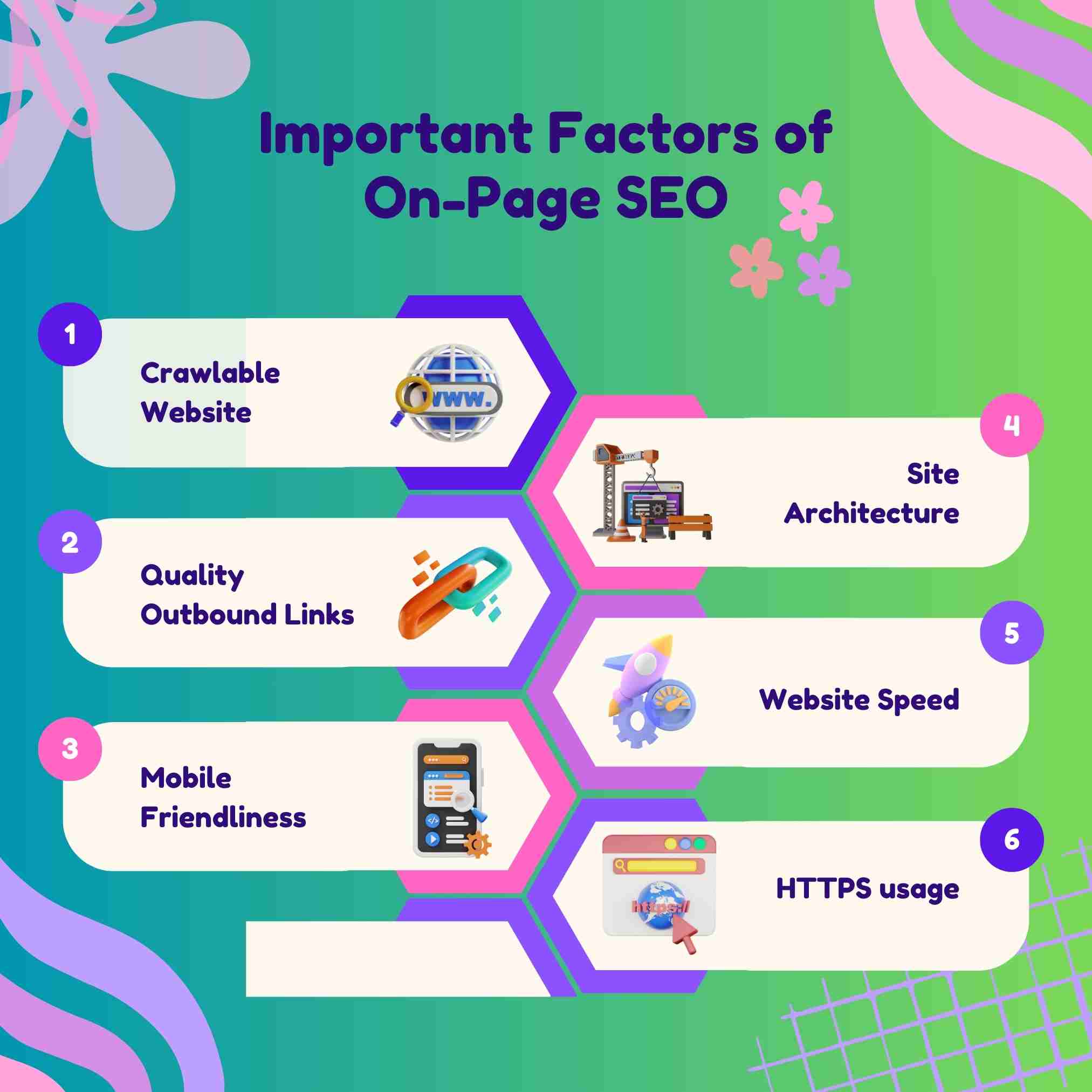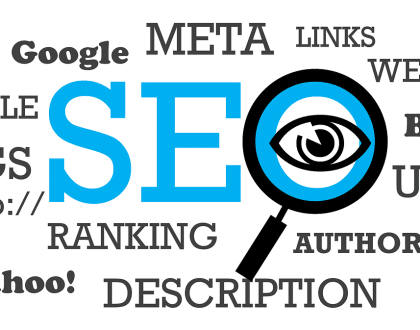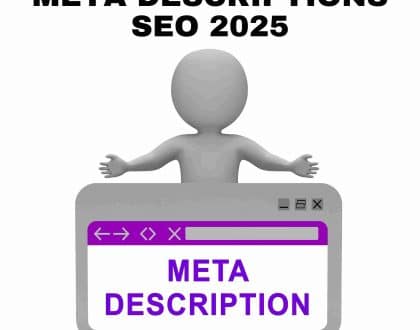Important Factors of On-Page SEO: Comprehensive Guide

Important Factors of On-Page SEO – In the ever-evolving landscape of digital marketing, Search Engine Optimization (SEO) remains a crucial element for businesses seeking online visibility and success. Among the various facets of SEO, on-page optimization plays a pivotal role in enhancing a website’s search engine ranking and overall performance. In this comprehensive guide, we’ll delve deep into the important factors of on-page SEO, unraveling the intricacies that contribute to a website’s search engine friendliness.
Important Factors of On-Page SEO: Comprehensive Guide to On-Page SEO
Understanding On-Page SEO
On-page SEO refers to the optimization strategies and techniques implemented directly on a website to improve its search engine visibility and ranking. Unlike off-page SEO, which involves external factors such as backlinks and social signals, on-page SEO focuses on optimizing elements within the website itself.
1. Keyword Research and Optimization
a. Keyword Research:
- Effective on-page SEO begins with comprehensive keyword research. Understanding the search terms and phrases your target audience uses is fundamental to creating content that aligns with user intent. Utilize tools like Google Keyword Planner, SEMrush, or Ahrefs to identify relevant keywords with optimal search volumes.
b. Keyword Placement:
Once you’ve identified target keywords, strategically place them in key areas of your content. These areas include:
- Title Tag: Incorporate the primary keyword naturally within the title tag.
- Meta Description: Craft a compelling meta description that includes relevant keywords.
- Header Tags: Use header tags (H1, H2, H3, etc.) to structure content and include keywords.
- URL: Include keywords in the URL structure for better search engine understanding.
- Body Content: Integrate keywords naturally throughout the content, avoiding keyword stuffing.
2. Quality and Relevant Content
a. Content Relevance:
- Search engines prioritize content relevance to user queries. Create high-quality, informative content that addresses the needs and queries of your target audience. Content should align with the user’s search intent, whether it’s informational, transactional, or navigational.
b. Content-Length:
- While there’s no fixed rule for content length, studies suggest that longer, comprehensive content tends to perform better in search results. Aim for in-depth articles that thoroughly cover the topic, providing value to your audience.
c. Readability and Formatting:
- Ensure content is easy to read by using short paragraphs, bullet points, and subheadings. Optimize for readability, and use a font size and style that is user-friendly. This not only enhances the user experience but also contributes to SEO.
3. Meta Tags Optimization
a. Title Tag:
- Craft compelling and concise title tags that accurately represent the content. Include the primary keyword near the beginning of the title for better SEO impact.
b. Meta Description:
- Write compelling meta descriptions that entice users to click while incorporating relevant keywords. Although meta descriptions don’t directly impact rankings, they influence click-through rates (CTR), which indirectly affects SEO.
c. Meta Robots Tag:
- Use meta robots tags to control search engine crawling and indexing. For pages you don’t want to appear in search results, utilize the “noindex” directive.
4. URL Structure
a. Descriptive URLs:
- Create clean and descriptive URLs that convey the content of the page. Avoid generic URL structures with strings of numbers or symbols. Include relevant keywords in the URL to improve SEO.
b. Hyphen vs. Underscore:
- Use hyphens (-) rather than underscores (_) to separate words in URLs. Search engines like Google treat hyphens as space, making it easier for them to interpret the words.
c. Short and Simple URLs:
- Keep URLs short and simple. A concise URL is not only user-friendly but also contributes to better SEO.
5. Header Tags (H1, H2, H3, etc.)
a. H1 Tag:
- The H1 tag represents the main heading of a page and is a crucial on-page SEO element. Ensure the H1 tag is descriptive, includes the primary keyword, and accurately summarizes the content.
b. Subheadings (H2, H3, etc.):
- Use subheadings to break down content into sections. Incorporate relevant keywords in subheadings to provide structure and improve SEO.
6. Image Optimization
a. Alt Text:
- Optimize images by adding descriptive alt text. Alt text not only enhances accessibility but also provides search engines with context about the image. Include relevant keywords in the alt text when appropriate.
b. Image Compression:
- Large, uncompressed images can slow down page loading times, affecting both user experience and SEO. Compress images without compromising quality to ensure optimal page speed.
7. Internal Linking
a. Anchor Text:
- Use descriptive and relevant anchor text for internal links. Anchor text provides context to both users and search engines about the linked content. Incorporate keywords naturally into anchor text.
b. Strategic Internal Linking:
- Create a logical and strategic internal linking structure. Link to relevant pages within your site to guide users and search engines to additional valuable content.
8. Page Loading Speed
a. Importance of Page Speed:
- Page loading speed is a critical factor in user experience and SEO. Slow-loading pages can lead to higher bounce rates and lower rankings. Use tools like Google PageSpeed Insights to analyze and optimize page speed.
b. Image Optimization:
- As mentioned earlier, compress images and utilize modern image formats like WebP to reduce file sizes without compromising quality. Additionally, leverage browser caching to enhance page loading speed.
c. Minimize HTTP Requests:
- Reduce the number of elements on a page, such as scripts, stylesheets, and images, to minimize HTTP requests. This can significantly improve page loading times.
9. Mobile Optimization
a. Mobile-First Indexing:
- With Google’s shift to mobile-first indexing, mobile optimization is imperative. Ensure your website is responsive and provides a seamless user experience across various devices.
b. Mobile-Friendly Design:
- Design your website with a mobile-friendly layout that adapts to different screen sizes. Test your site’s mobile responsiveness using tools like Google’s Mobile-Friendly Test.
c. Accelerated Mobile Pages (AMP):
- Consider implementing Accelerated Mobile Pages (AMP) for faster loading on mobile devices. AMP is a Google-backed project that optimizes mobile content delivery.
10. Schema Markup
a. Definition of Schema Markup:
- Schema markup is a code that you put on your website to help search engines provide more informative results for users. It enhances the snippets displayed in search results, providing additional context.
b. Types of Schema Markup:
- There are various types of schema markup, including those for articles, reviews, events, and local businesses. Choose the appropriate schema markup based on your content type.
11. User Engagement Metrics
a. Bounce Rate:
- A high bounce rate indicates that visitors are leaving your site quickly, potentially due to irrelevant or unengaging content. Analyze and improve pages with high bounce rates to enhance user engagement.
b. Dwell Time:
- Dwell time refers to the time users spend on your site after clicking a search result. Longer dwell times are generally associated with valuable, engaging content. Focus on creating content that keeps users on your site.
12. Social Media Integration
a. Social Sharing Buttons:
- Include social sharing buttons to encourage users to share your content on various social media platforms. Social signals, such as likes and shares, indirectly contribute to SEO.
b. Open Graph Tags:
- Implement Open Graph tags to control how your content appears when shared on social media. Customize the title, description, and image that accompany shared links.
13. Secure and Accessible Website
a. HTTPS:
- Ensure your website uses HTTPS to encrypt data and provide a secure connection. Google considers HTTPS as a ranking factor, and it builds trust with users.
b. Accessibility:
- Make your website accessible to users with disabilities. Use descriptive alt text for images, create text equivalents for multimedia, and ensure a logical reading order for screen readers.
14. Regular Content Updates
a. Fresh Content:
- Regularly update your content to reflect the latest information and trends in your industry. Search engines favor websites that consistently provide fresh and relevant content.
b. Historical Optimization:
- Revisit and optimize older content for current SEO best practices. Historical optimization can breathe new life into existing pages, improving their search visibility.
15. Analytics and Monitoring
a. Google Analytics:
- Utilize Google Analytics to track and analyze website performance. Monitor key metrics such as organic traffic, bounce rate, and conversions to gain insights into user behaviour.
b. Google Search Console:
- Set up Google Search Console to monitor your site’s presence in Google’s search results. It provides valuable data on indexing, search queries, and potential issues that may affect your site’s performance.
Conclusion: Important Factors of On-Page SEO
In the dynamic realm of digital marketing, on-page SEO remains a cornerstone for achieving online success. By understanding and implementing the crucial factors outlined in this guide, you can enhance your website’s search engine friendliness, improve user experience, and ultimately secure higher rankings in search results.
Keep in mind that SEO is an ongoing process, and staying abreast of industry changes and algorithm updates is essential. Regularly audit and update your on-page optimization strategies to align with the evolving landscape of search engine algorithms. As you invest time and effort into on-page SEO, you’re not only improving your website’s visibility but also providing a better experience for your audience ultimately driving sustainable, long-term success in the digital sphere.
Recommended Posts

Local SEO vs. Global SEO: A Comprehensive Guide
May 14, 2025



